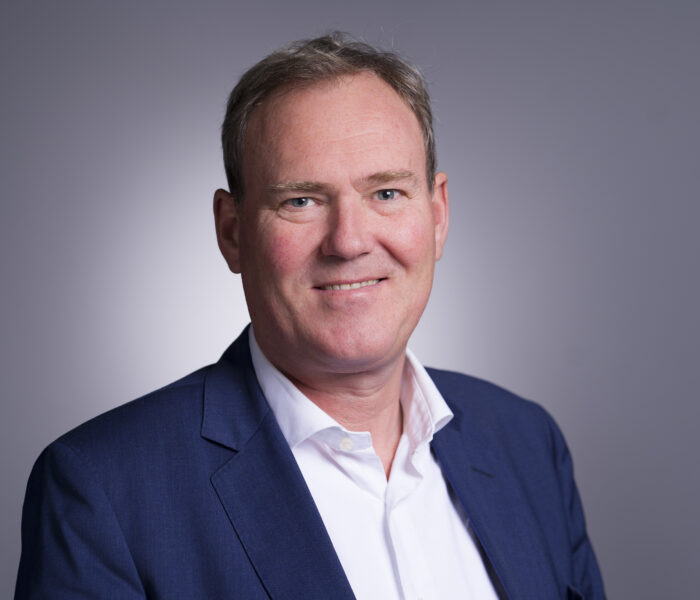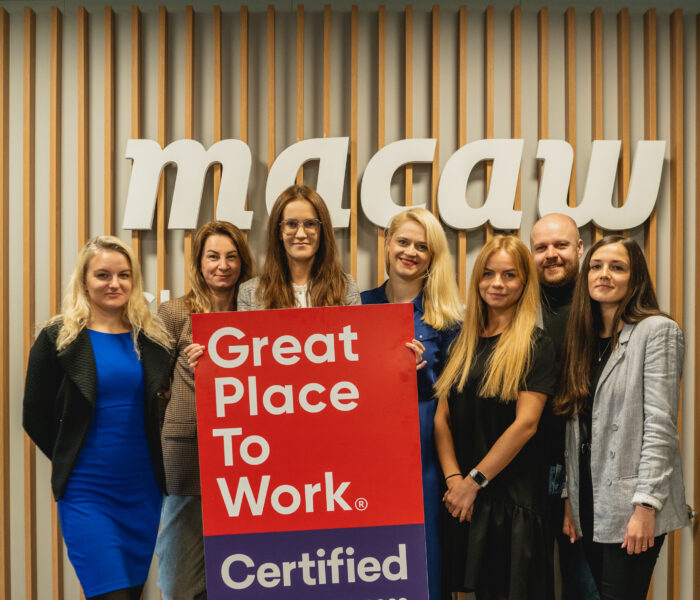Vytautas Kraujalis chose to focus his research on prostate cancer, a critical health issue in Lithuania. Despite his background in IT, working as a data analyst, Kraujalis was drawn to this medical field. His work aims to bridge the gap between these seemingly disparate areas, using his data analysis skills to address a significant public health concern.
“This is one of the most common forms of cancer and the second leading cause of cancer-related deaths among men. In Lithuania, this diagnosis is received by 3,000 men each year, and approximately 500 of them lose this battle with the disease each year. So, in the bachelor’s thesis, we analysed which medical indicators, after the diagnosis, are statistically most significant. This is especially important in order to choose the appropriate treatment plan for the patient, as not all cases of prostate cancer are high-risk, and it is necessary to distinguish cases where cancer can cause significant harm to a man’s health,” the mathematician impresses with medical knowledge.
According to the KTU student, the work was based on data of Lithuanian men obtained from the LSMU Kaunas Clinics, who were diagnosed with prostate cancer between 2001 and 2017.
“In total, we analysed 1,564 patients, whose ages ranged from 40 to 87 years. Of these patients, 264 (16.9%) deaths were recorded, and even 50 deaths (3.2%) were due to prostate cancer. In the work, we analysed not only mortality rates from prostate cancer but also mortality rates from other causes, unrelated to cancer,” shares V. Kraujalis.
Thus, a public health problem transitioned into a master’s thesis, in which V. Kraujalis employed popular machine learning methods, and with their help, developed models that can predict a patient’s mortality risk very accurately – from a month to 18 years after the cancer diagnosis was made. And the accuracy of the model reaches as much as 92.3%. “On one hand, although doctors knew without analysis that one stage is worse than another, we can now precisely quantify how many times this stage increases or decreases the risk. We also show, on a monthly basis up to 18 years, how the patient’s risk changes. This is an additional tool for the doctor, which can help to assess the patient’s situation more quickly, more easily, and more accurately,” the student explains.
“I am very grateful to my supervisor, Assoc. Prof. Dr Tomas Ruzgas, thanks to whom these works were written. And this long-prepared project, it seems, was not in vain – it led to interesting conclusions and significant findings, which can be applied practically and change people’s lives,” assures V. Kraujalis.
Pleased with Talented Colleague
Justė Stasinienė, the head of the “Macaw” division in Lithuania, says that she and her colleagues, both in Lithuania and in the Netherlands and Germany, are extremely pleased to have such a dedicated specialist on the team. “I am very happy that Vytautas is part of our team. He is a great example and an inspiring figure to all of us,” she comments warmly. Stasinienė also highlights how Kraujalis’s unique blend of skills, combining IT expertise with a deep understanding of medical data, is rare and highly valuable. She is particularly proud of how his work goes beyond the theoretical, explaining, “Vytautas’s studies and analyses contribute to very real matters — they have the potential to save human lives by helping to develop strategies for preventing terrible diseases. His commitment to this cause is making a significant impact, not just within our company, but in the broader public health landscape.”



